Forbidden Druid V2 - First Ride Review

Forbidden bikes consistently punch above their weight when it comes to technical riding. Based on Vancouver Island, a place not too dissimilar in its riding terrain to Scotland, it should come as no surprise that descending ability is at the forefront of the minds of the Forbidden engineers, the company even takes its name from their local riding spot, the Forbidden Plateau.
Solely focusing their designs around a high pivot layout, and the inherent advantages that brings, Forbidden have a lineup of bikes that cover a wide spectrum of riding; from their 130mm Trail/All Mountain focused Druid, to the newly released 160mm Dreadnought V2 enduro bike, all the way to a full on DH race bike in the Supernought.
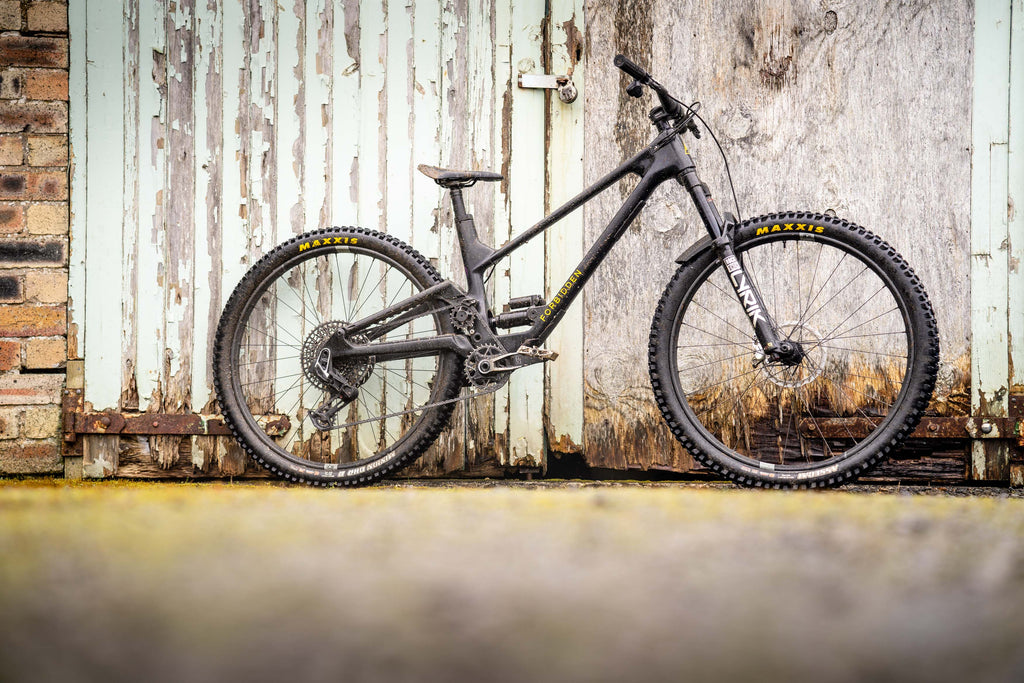
Our Guide and Coach, Tom, has been spending a little bit of time on the V2 Druid around Innerleithen and Glentress and has put together his first thoughts on the bike below. Read on to find out what he made of Forbidden’s 130mm trail bike.
Tom’s review
I’d been curious about the Druid for a long time and had heard stories from people who had ridden them that they ride far beyond what you might expect from a bike with just 130mm of rear travel and a 150mm fork so I was excited to put tyres to dirt and experience what this suspension design could do myself.
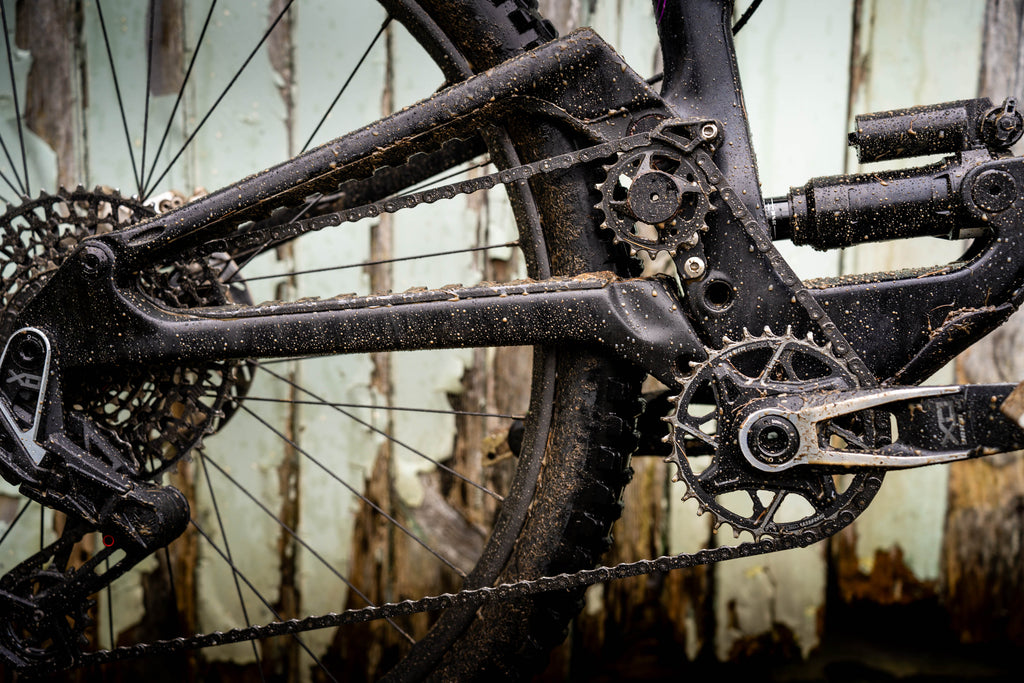
The SRAM X0/RS Ultimate build Druid that was sent over really leaves nothing on the table; with Rockshox Ultimate suspension front and rear, Crank Brothers Synthesis carbon wheels, SRAM X0 Transmission and Code Stealth Ultimate brakes with HS2 rotors, there’s really nothing left to upgrade on the bike. All I did was put on my 750mm bars to save cutting the demo bars down from 800mm.
Forbidden have taken no shortcuts on design or production and use truly proportional geometry across all sizes of their bikes, an idea they call “One Ride”. This geometry concept gives a rear centre length that is scaled to the size of the front triangle as well as seat tube angles that get progressively steeper as the size increases. The end result of all this extra design work is that riders across the full size range will get a very similar ride experience; tall riders on an S4 and shorter riders on an S1 can both get the best from their bikes and won’t have compromised geometry designed around a medium or large frame before being adapted for other sizes.
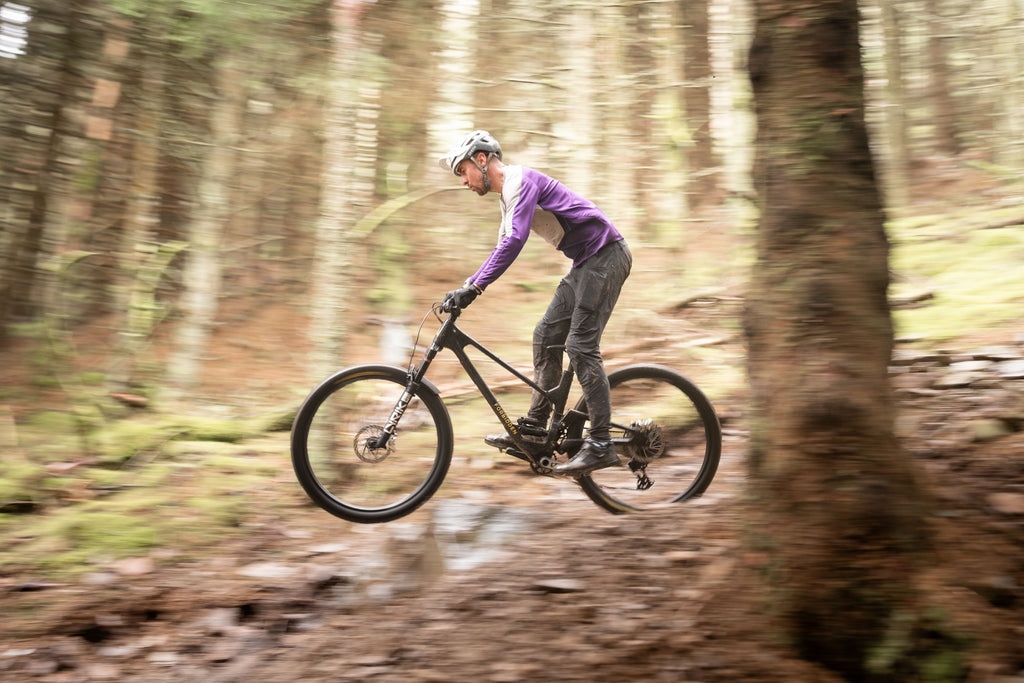
At 186cm tall I’m right at the top end of the recommended fit for the S3 size that Forbidden sent over, but I felt like I had enough space across the bike and didn’t feel nipped up at all. A reach of 480mm pairs up with a rear centre length of 452mm and gives a relatively long static wheelbase of 1259mm. With the wheel size debate still as hotly contested as ever, the Druid plays to both sides and can be specced as either a full 29” or MX wheeled bike. Our test bike came full 29”, giving a head angle of 65° and a seat tube angle of 77° (in MX guise the head angle slacks out to 64.5° and the seat tube to 76.6°).
Suspension setup was pleasingly simple and gave excellent results from very limited time. I started by setting up the Rockshox Super Deluxe Ultimate with just over 30% sag in the rear before moving on to the 150mm Lyrik Ultimate up front and using a combination of their recommended pressures and a few car park bounces to get the front to rear travel as balanced as I could. It usually takes me a few rides to find pressures I like, but this time things felt ideal right from the word go. I don’t know if it was the Druid being very easy to set up or luck, or maybe a bit of both, but I kept the pressures set throughout my time on the bike, didn’t experience any hard bottom outs but finished the rides with the o-rings at the end of the stroke.
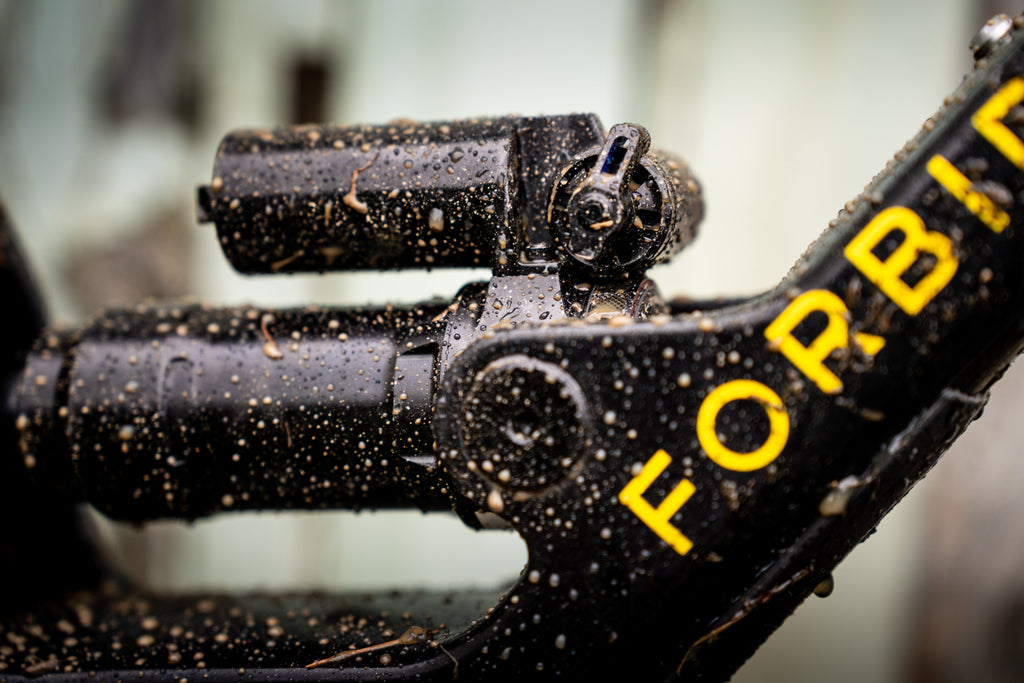
Pedalling over to the trails I was really excited to experience a high pivot bike for the first time. The Druid features a rearward axle path throughout its travel, meaning that as the suspension compresses the rear wheel goes back as well as up to get out of the way of obstacles, in theory absorbing square edge hits better than any regular suspension design can. However this also means the rear centre length and wheelbase grows as the suspension compresses and I was intrigued to understand what this would feel like on the trail. Would the growing bike make tighter turns feel awkward or would the lengthening of the wheelbase just increase balance and control right when I needed it most?
Riding the V2 Druid
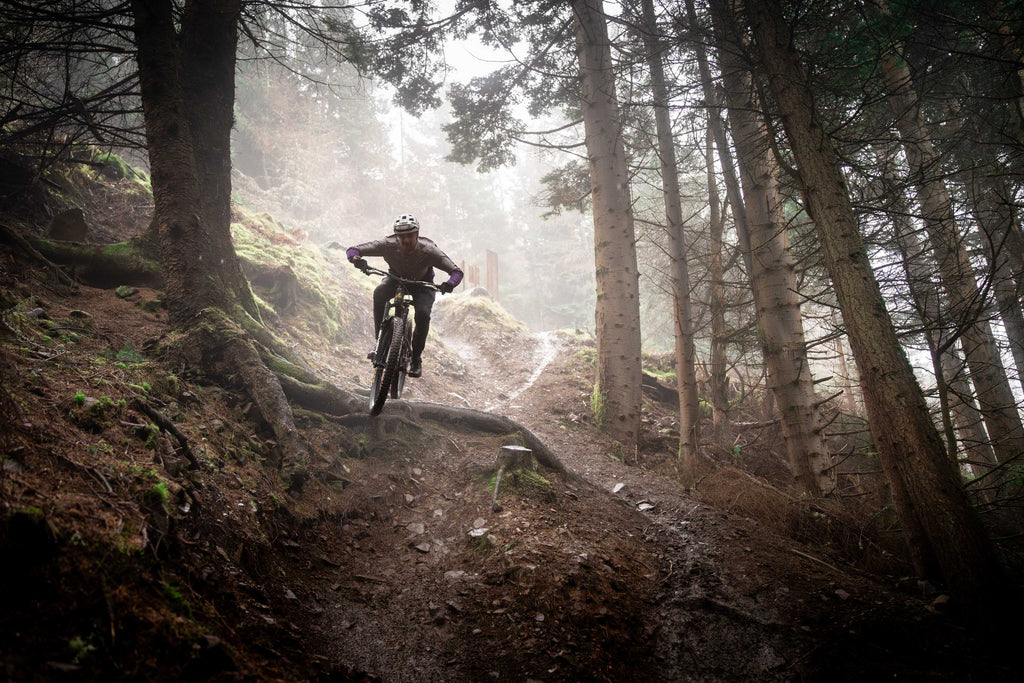
Uphill, the Druid is as comfortable as you could ask for, I felt like I was nicely centred on the bike thanks to the steep seat tube angle and climbing traction was excellent, with my weight balanced between the two wheels. I pedalled up some fairly steep pitches and didn’t really feel the need to shift my weight forward to keep the front wheel down, instead just sitting and spinning and relying on the traction to claw me to the top.
It’s impossible to read about a high pivot bike without hearing about the drag from the idler pulley. Now, I can’t say that I’ve done exhaustive testing and have determined the difference it makes to the efficiency of the bike, but what I can say is that I never had any feeling that I wasn’t getting back enough of what I put in, instead the Druid was a fast and easy climber. There is also a noticeable lack of pedal kick when climbing up over rough terrain, with the idler keeping suspension active when pedalling, which makes for an even more efficient feel when the climb is rough or contains small steps and root sections. With no kickback from the chain it’s easy to keep a solid rhythm, keep the power on and maintain traction and momentum.
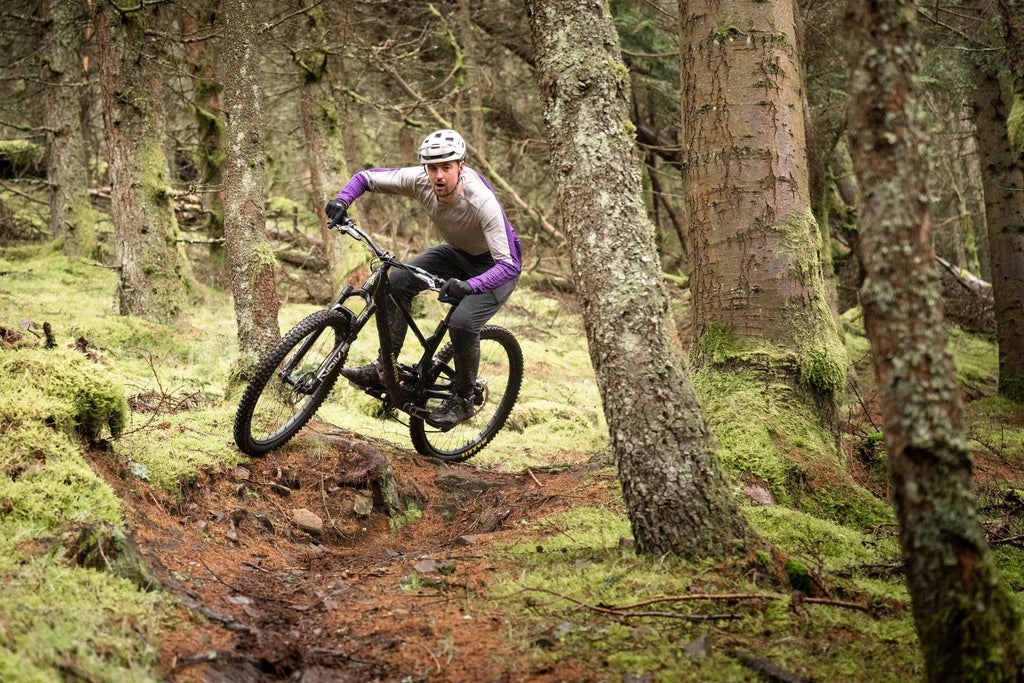
It was March in Scotland and winter still had a firm grasp on the weather, nothing clogged with mud, caused the chain to skip or left me feeling like I was pedalling uphill on the flat, I definitely felt like I reaped far more pros from the high pivot idler system than I did cons, and it’s when the trail turns back down the hill that those pros really start to shine.
The best way I can sum up my experience riding the Druid down a mixture of enduro and DH trails is to say that it outrides its travel. For a bike with 130mm travel out back it’s outrageous what the Druid not only lets you get away with, but encourages you to try again, only faster next time! A lot of the confidence and composure comes from the high pivot suspension and rearward axle path, off the brakes it feels like an enduro bike. Big hits don’t really seem to unsettle it in the same way it does other bikes, I put this down to the growing wheelbase giving you a more stable bike the deeper you are in the travel. It almost feels like the harder you push it the better it gets.
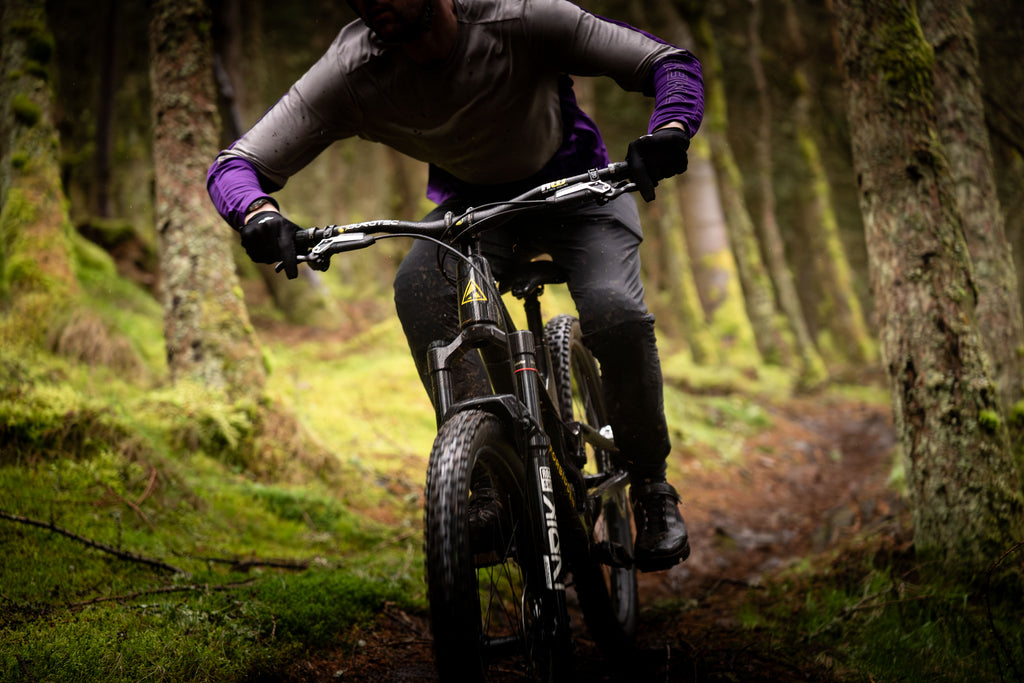
In all honesty I was kind of ready for this, before the rides I understood how and why a rearward axle path bike would work so well on rough terrain, so while it was still amazing to experience it wasn’t totally surprising. What was surprising though was the ability of the Druid to flick back to poppy trail bike whenever you wanted to. It almost felt like two bikes in one, on one hand I could stay brakes open and charge through almost anything and on the other I could jump off the smallest of take offs with precision and not feel like I was just compressing the bike into its travel. It’s an amazing trick and one that lets you pump trail features as well as batter through the rough stuff.
Over the test period I took the Druid down trail centre descents at Glentress, some typical enduro race stages around Glentress and Innerleithen, as well as a few of the DH trails at Inners and I was amazed by the versatility of the bike. On the one hand it’s a comfortable and relatively fast climber and a spritely feeling trail bike, on the other it’s something I’d happily beef up the tyres on and take to an uplift or enduro race. The fact that team rider Rhys Verner rode a Druid through the 2023 Enduro World Cup to 4th overall says a lot about what the ‘little’ bike can do.
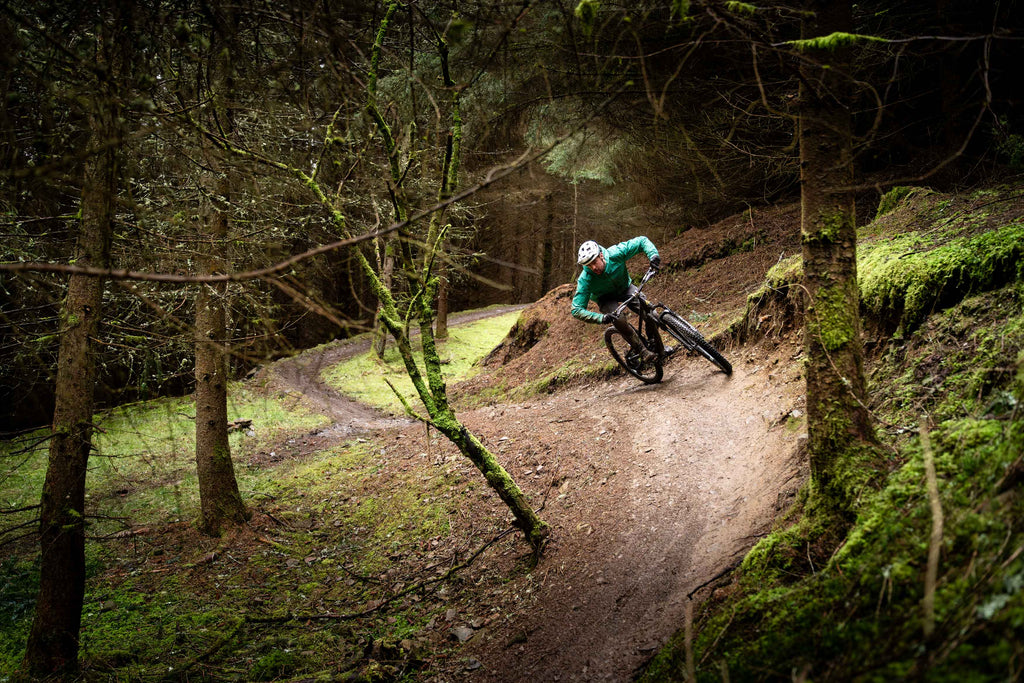
The Druid is a far more versatile bike than first meets the eye. Take it to your favourite trail centre or flowing singletrack and have a blast popping and pumping your way through the berms and jumps, or take things up a notch and revel in the rearward axle path goodness that just eats up everything you throw at it and makes you question if you really do need more travel; it really is high pivot witchcraft.
☎️ 01896 831 429




Leave a comment